Nuclear danger is growing. Physicists of the world, unite!
By Curtis T. Asplund, Zia Mian, Stewart Prager, Frank von Hippel | July 1, 2024
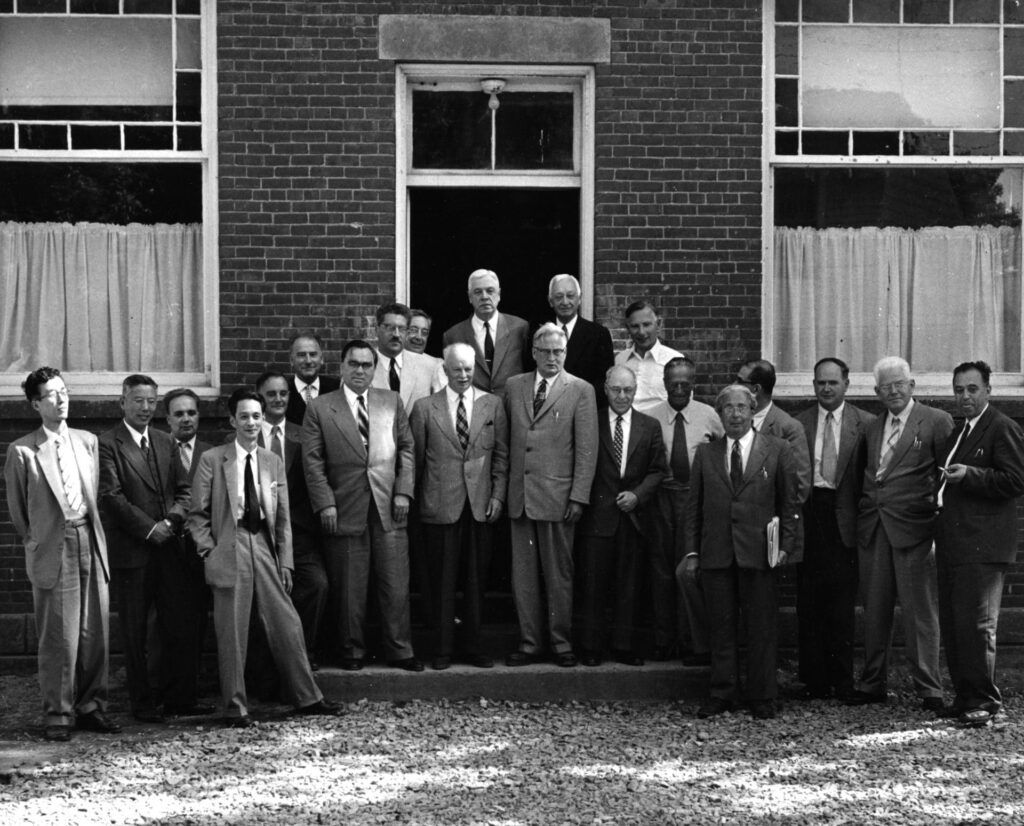 Participants to the First Pugwash Conference on Science and World Affairs in 1957. In 1995, the Pugwash Conferences and their key leader, physicist Joseph Rotblat, shared the Nobel Peace Prize “for their efforts to diminish the part played by nuclear arms in international politics and, in the longer run, to eliminate such arms.” (Credit: Pugwash)
Participants to the First Pugwash Conference on Science and World Affairs in 1957. In 1995, the Pugwash Conferences and their key leader, physicist Joseph Rotblat, shared the Nobel Peace Prize “for their efforts to diminish the part played by nuclear arms in international politics and, in the longer run, to eliminate such arms.” (Credit: Pugwash)
Physicists have been central to imagining, developing, constructing and advancing nuclear weapons ever since the idea of a nuclear chain reaction came to Leo Szilard in 1933. Over the subsequent 90 years, physicists have also been an important force in global efforts aimed at confronting the nuclear threat they created, through the promotion of nuclear arms control and disarmament. Since the end of the Cold War, however, the physics community has been relatively absent as analysts, activists, and advocates contesting nuclear weapons policies. Meanwhile, the Cold War-era nuclear arms control regime has mostly collapsed, a nuclear arms race led by the United States, Russia, and China is underway, and all nine nuclear-armed states are recommitting to nuclear deterrence for the foreseeable future.
In response, in October 2023, a group of 50 physicists from 20 nations gathered for a three-day workshop at the International Centre for Theoretical Physics (ICTP) in Trieste, Italy—“The Increasing Danger of Nuclear Weapons: How Physicists Can Help Reduce the Threat.” The objective of this workshop was to brainstorm on how to mobilize the international physics community to engage in advocacy for nuclear threat reduction. This discussion resulted in the formation of an international working group to help foster this mobilization.
As recently described in the Bulletin and depicted in the movie Oppenheimer, prominent physicists tried to think through the challenges posed by what were then new weapons and be a voice of reason and restraint informing nuclear weapons policy debates during the Manhattan Project and beyond. The early debate and introspection at Los Alamos and elsewhere on the implications of nuclear weapons were not just among Americans, however. The debate was international, involving physicists from many countries within the Manhattan Project, including refugees from Europe escaping fascism. All these efforts were private and aimed at US policymakers, not the larger scientific community or the public.
After the bombings of Hiroshima and Nagasaki and the beginning of the US-Soviet nuclear arms race, the debate about nuclear weapons became more deliberately public and more international. In Princeton in 1946, Albert Einstein announced the Emergency Committee of Atomic Scientists to educate and mobilize scientists and the public on the dangers of nuclear weapons.
The clearest international expression of scientist activism started in 1957 with the Pugwash Conferences on Science and World Affairs. Historian Matthew Evangelista gives Pugwash “considerable credit for substantial breakthroughs in US-Soviet arms control in the late 1960s and early 1970s.” This determined decades-long effort eventually earned the Pugwash Conferences and their key leader, physicist Joseph Rotblat, a shared Nobel Peace Prize in 1995 “for their efforts to diminish the part played by nuclear arms in international politics and, in the longer run, to eliminate such arms.”
A renewed arms race started in the early 1980s when President Ronald Reagan, a long-time critic of arms control, planned for a US strategic modernization program that would add roughly 10,000 additional accurate nuclear warheads and a variety of new delivery systems for attacking Soviet nuclear weapons and their command infrastructure. This triggered an enormous and impactful struggle in the United States and Europe. Here too, scientists took action. In 1986, a group of physicists and mathematicians gathered in Hamburg for an international congress called “Ways Out of the Arms Race.”
The Hamburg meeting laid the basis for the 1987 International Forum of Scientists on Drastic Reductions of Nuclear Weapons for a Nuclear Free World in Moscow, which attracted 250 scientists, including the leading Soviet physicist and human rights activist Andrei Sakharov. This was one of eight Moscow forums held at the time on nuclear arms control, with a joint plenary of over 1500 participants, including Mikhail Gorbachev and others senior Soviet officials, addressed by Frank von Hippel. A second “Ways Out of the Arms Race” congress in 1988 at Imperial College, London, brought together over 500 scientists from about 35 countries. These gatherings and other efforts led by physicists encouraged policy makers and the public to embrace the major reductions of nuclear and conventional weaponry of the decades that followed.
Today, new efforts by the international physics community against the threats posed by nuclear weapons are very much needed.
Nine nations—all within the northern hemisphere—currently possess nuclear weapons, and many of them are either developing new weapons programs or increasing the size of their arsenals—or both. Many physicists are involved in the global nuclear weapons enterprise, working in research and development critical to the ongoing so-called “modernization” programs of nuclear weapons. In the United States, for example, the National Nuclear Security Administration’s Stockpile Stewardship Program, which is intended to design, produce, certify, maintain, and modernize US nuclear weapons, employs roughly 7,500 scientists.
Today’s US nuclear weapon complex is large, ever more ambitious—and costly. The complex is committed to building and deploying a new generation of weapons systems intended to be operational into the 2080s. This reality demands a stronger and more contentious engagement by physicists in challenging nuclear weapons policies and offering alternatives.
In 2019, the Physicists Coalition for Nuclear Threat Reduction, a national network of physicists to advocate for reducing the nuclear danger, was established by Princeton University’s Program on Science and Global Security with support from the American Physical Society and the Carnegie Corporation. Its mission statement recognizes the “civilization-ending potential of the use of nuclear weapons” and the imperative of “substantive changes in nuclear arsenals, force postures, and declaratory policies [and] fulfillment of the long-standing international obligation to achieve nuclear disarmament.”
As of mid-2024, a coalition team of 14 physicists has given over 150 colloquia at university physics and engineering departments in the United States, and a few in other countries. A significant fraction of the over 1,200 physical scientists and engineers who have joined the coalition—many early in their careers—have had real and virtual meetings with congressional offices.
The physicists coalition’s leadership, with colleagues in Germany, gathered physicists at the workshop at ICTP in Trieste to discuss how to counter the renewed pressures for nuclear arms buildups and technological development and advocate for reducing nuclear weapons threats globally. We debated how to engage and inform our professional communities about nuclear arms issues—a prerequisite for advocacy. We also discussed new technical developments with implications for nuclear weapons policy and debated the ethics of physicists devoting their knowledge and talents to nuclear weapons work.
At this international workshop, physicists from other countries shared how they engage with nuclear weapons policy debates. Some from nuclear-armed states described encountering hostility when advocating for restraint, indicating the need for different approaches to engagement in those countries.
In most nuclear weapon states, expression of views on nuclear weapons policy carries significant risk. This was evident from accounts of physicists from China, Russia, India, and Pakistan. Only three nuclear-armed states—France, the United Kingdom, and the United States—tolerate relatively unfettered public discourse on this topic. In those three countries, however, the expert debate is limited mostly to policy options within an unchallenged nuclear deterrence framework.
North Korea and Israel were not represented at the workshop. While it is well known that public discussion critical of any policy of the regime is suppressed in North Korea, it is less well known that public discussion on nuclear weapons policy is subject to censorship in Israel. In the United States, a secret executive order has long “prohibited American officials from even acknowledging that Israel has nuclear arms” and “threatens present and past government employees with disciplinary action, including firing” if they do so.
Workshop participants also observed that very few countries have non-governmental organizations or scientists’ organizations that advocate for nuclear arms control. The United States, with its small but active collection of civil society-based arms control organizations and initiatives has the most developed (although still woefully limited) infrastructure for contesting nuclear weapons policy. As a new part of this community, the Physicists Coalition for Nuclear Threat Reduction provides resources, guidance, and opportunities for physicists who wish to participate in working collectively in grassroots advocacy.
Physicists in the United States also enjoy the privileges of relatively few constraints on their freedom of expression and a constitutional right to petition their government. These privileges, in a country with one of the two largest nuclear arsenals in the world, present both an opportunity and a responsibility for US physicists to confront US nuclear weapon policy and to reach out to the international physics community to join in actions to reduce global nuclear threats.
A strong consensus emerged from the Trieste workshop on the importance of catalyzing international advocacy by physicists for nuclear arms control and reduction. Early-career scientists, especially, found engagement with like-minded physicists from various countries to be strongly affirming of their concerns regarding the dangers of nuclear weapons and their desire to engage in policy activism.
As a next step, the ICTP meeting participants agreed to form an international working group to promote engagement and advocacy across and within nations among physicists and colleagues in the engineering sciences. This initiative can complement the efforts underway by the Scientific Advisory Group of the UN Treaty on the Prohibition of Nuclear Weapons to establish a broad network of scientific and technical institutions and experts to support that treaty’s goals.
“Today, the arms race is draining humanity of enormous resources; material, moral and intellectual. Unfortunately, science and scientists have contributed to this dangerous state of affairs. As scientists, as citizens of the world, we have the duty both to recognize this and to use our skill to explore ways out of the present situation.” This is from the call to the 1986 Hamburg meeting. Now, in 2024, physicists must step up again and exercise that responsibility.
Editor’s note: This article is a product of a workshop at the International Centre for Theoretical Physics (ICTP), organized by a committee consisting of the authors as well as Jürgen Altmann and Götz Neuneck. This workshop received support from the ICTP; the Physicists Coalition for Nuclear Threat Reduction; the German Physical Society; the American Physical Society’s Forum on Physics and Society; the Research Association for Science, Disarmament and International Security (Germany); and Princeton University‘s Program on Science and Global Security.
Together, we make the world safer.
The Bulletin elevates expert voices above the noise. But as an independent nonprofit organization, our operations depend on the support of readers like you. Help us continue to deliver quality journalism that holds leaders accountable. Your support of our work at any level is important. In return, we promise our coverage will be understandable, influential, vigilant, solution-oriented, and fair-minded. Together we can make a difference.

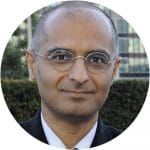
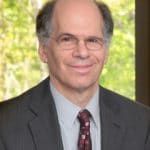
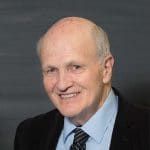
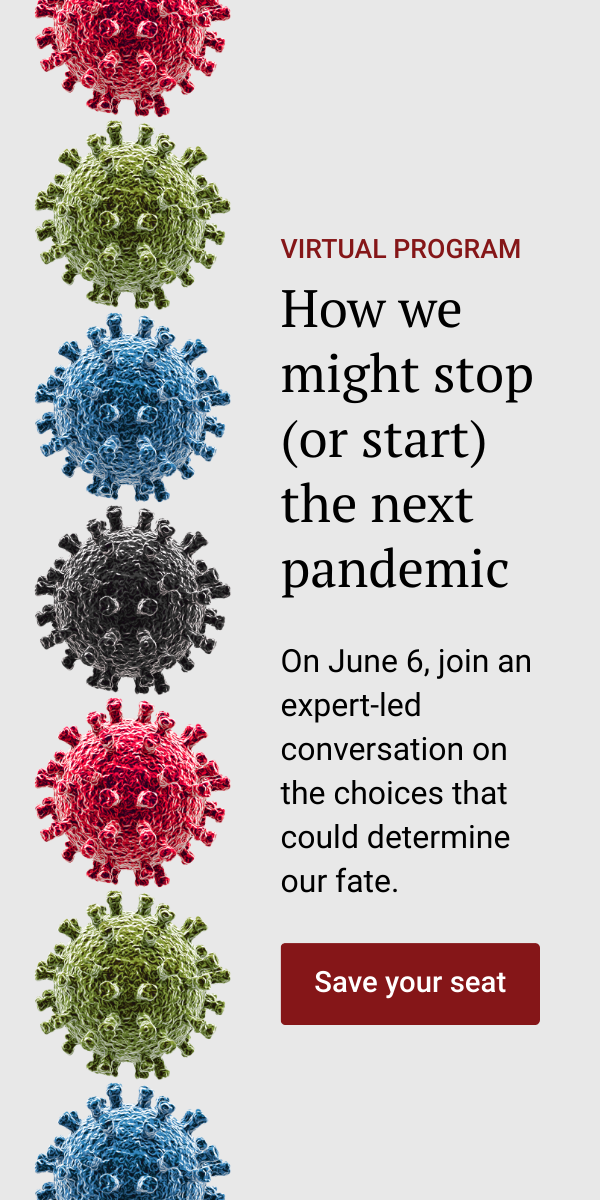
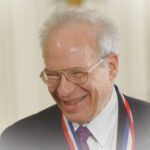
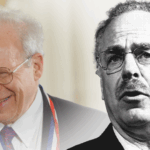
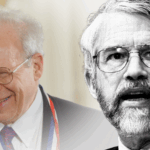
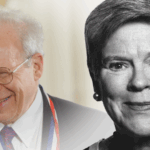
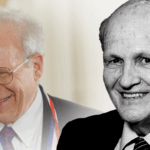
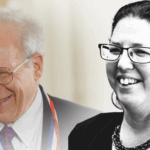
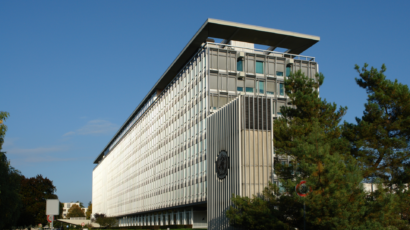
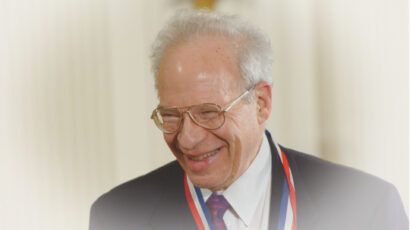
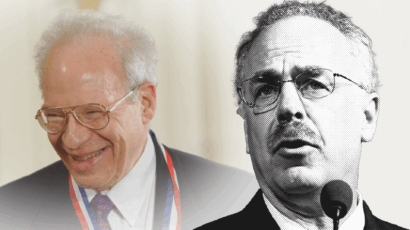
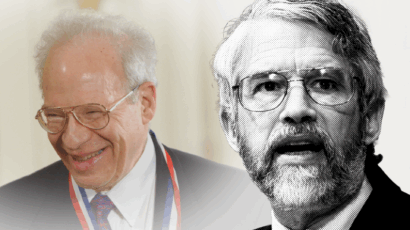
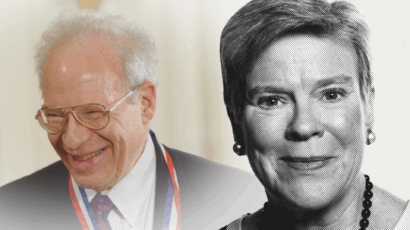
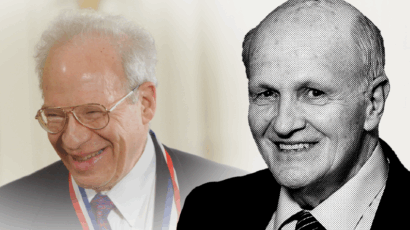
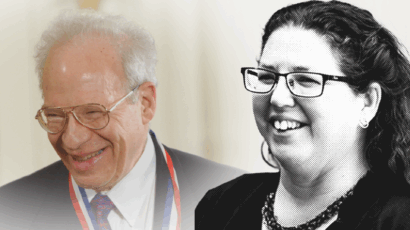
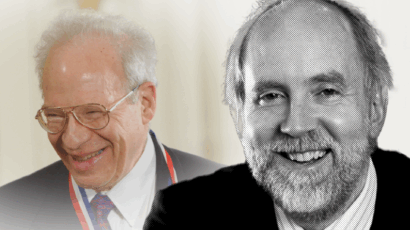
Kudos. Excellent article in my opinion. So, in 1946 President Truman sat next to Dr. Meitner having dinner when she was named “Woman of the Year” by the Women’s National Press Club and said something to the effect: “So you’re the little lady that got us into all this.” I wonder if he knew she had been asked to work on the Manhattan Project. Her response? “I will have nothing to do with a bomb.” In 1966 she won the Enrico Fermi Award presented to her by Nobel laureat Glen Seaborg. She passed away in 1968. The epitaph on her… Read more »
It is incumbent upon nuclear physicists, as upon all informed people, to make clear to the political leaders of present and potential nuclear weapons states that:
Nuclear winter is a threat to us all and precludes reliance on nuclear deterrence;
The dangers of nuclear war will increase even as arsenals shrink to a few hundred weapons per nuclear weapons state; and therefore,
Abolition is the only path to peace and safety.
It’s discouraging that physicists are only talking about arms control and reductions even at this late hour on the Doomsday clock. With a new treaty that prohiibits the use, possession, threat of use of nuclear weapons and calls for global negotiations to ban the bomb, it is time to drop the interminable step-by-step process to nowhere –except to nuclear weapons forever. Change the language and the ask: Stop making anymore, cease funding, building, refurbishing, tinkering, or testing– let them rust in peace; Bring our nuclear shared weapons back from Turkey, Italy, Germany, Belgium and the Netherlands and demand that Russia… Read more »